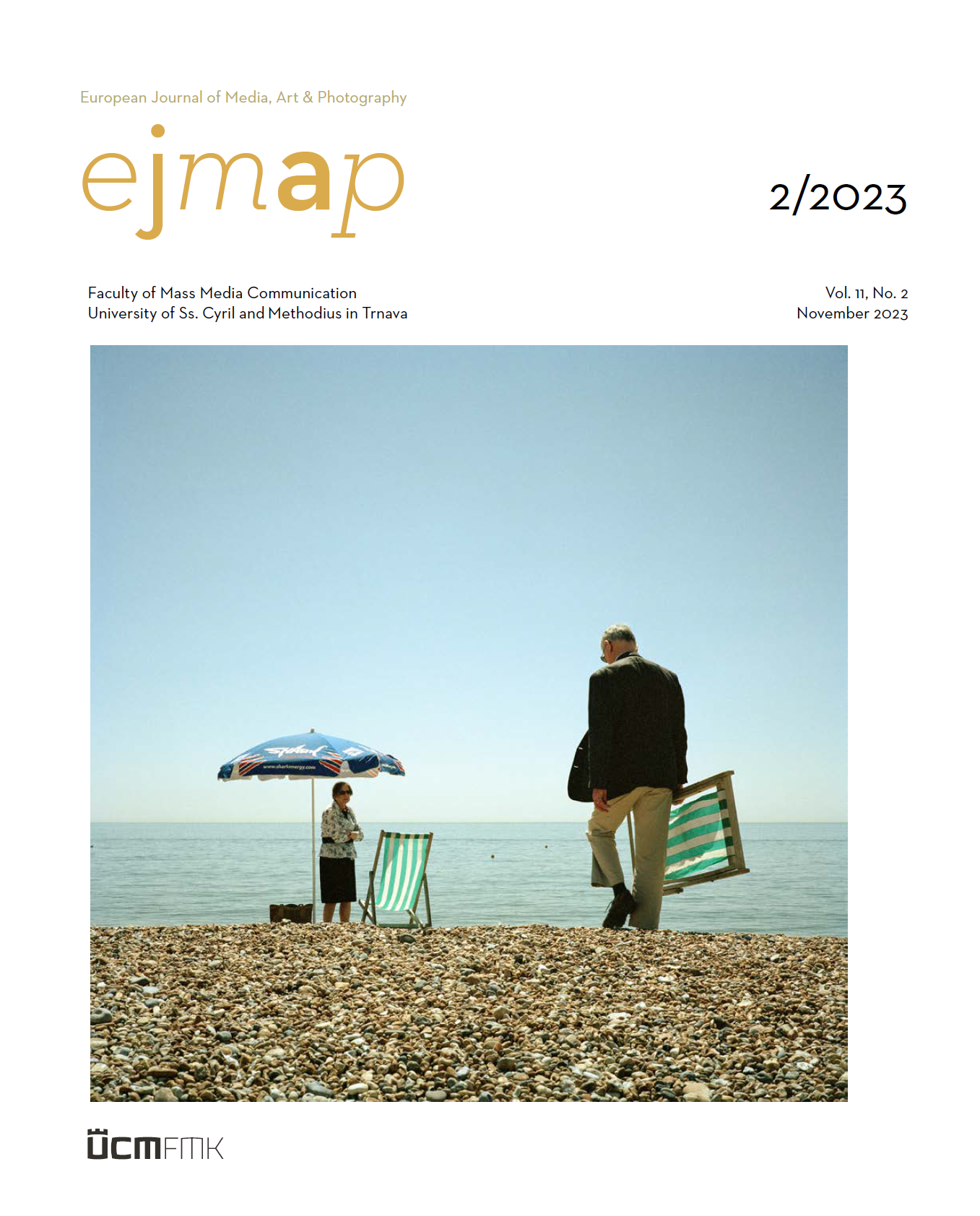The Representation of Melancholy in the Visual Arts, Today and in the Past
The Representation of Melancholy in the Visual Arts, Today and in the Past
Author(s): Katarína IhringováSubject(s): Social Sciences, Fine Arts / Performing Arts, Media studies, Photography, Visual Arts, Communication studies, Sociology of Culture, Sociology of Art, History of Art
Published by: Univerzita sv. Cyrila a Metoda v Trnave, Fakulta masmediálnej komunikácie
Keywords: Melancholy; Theory of Art; Veronika Rónaiová; Visual Arts
Summary/Abstract: The concept of melancholy is woven throughout the history of Western art and thoughts as an imaginary Ariadne’s thread that links the perceptions and thoughts of ancient Greece with the present day. At the same time, it could be interpreted as a sign that refers to the endless road to human self-knowledge. Over the course of history, this process of cognition has taken many intricate and crooked paths, linking melancholy with a number of different definitions and interpretive viewpoints as well as diverse visual renderings. The paper focuses on presenting the idea of melancholy from an aesthetic-cultural point of view. It sees it as a phenomenon reflecting various cultural and historical aspects, which were subsequently transformed into the visual art of the given time. Although the portrayal of melancholy was typical of historical periods, of which Albrecht Dürer’s depiction of Melancholy is the most famous, 20th-century art also reflected on it, for example, the work of Pablo Picasso or Giorgio de Chirico. In the Slovak visual arts of the 20th century, we can find several interesting depictions of melancholy, for example in the work of L. Mednyánszky, Mikuláš Galanda, or Jozef Pospíšil. However, the paper sufficiently analyses the work of contemporary Veronika Rónaiová, who has returned to portraying the idea of melancholy again.
Journal: European Journal of Media, Art and Photography
- Issue Year: 11/2023
- Issue No: 2
- Page Range: 96-105
- Page Count: 10
- Language: English

